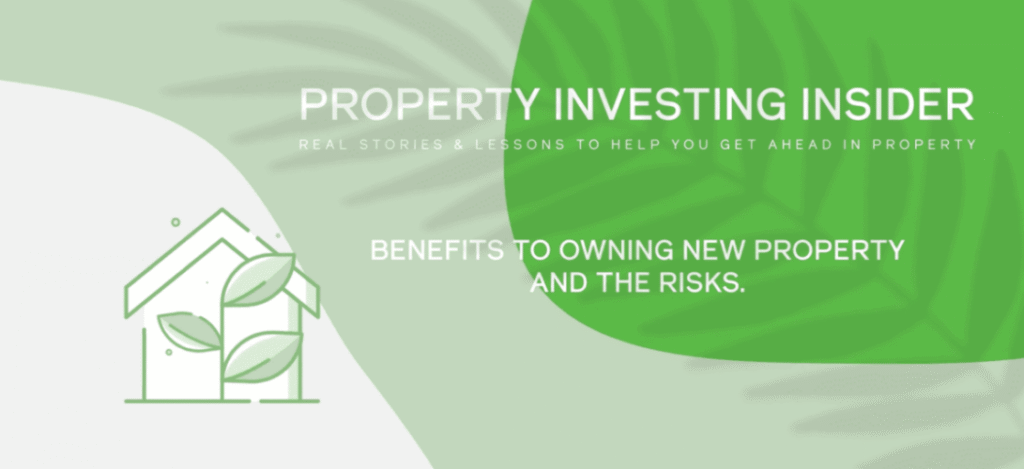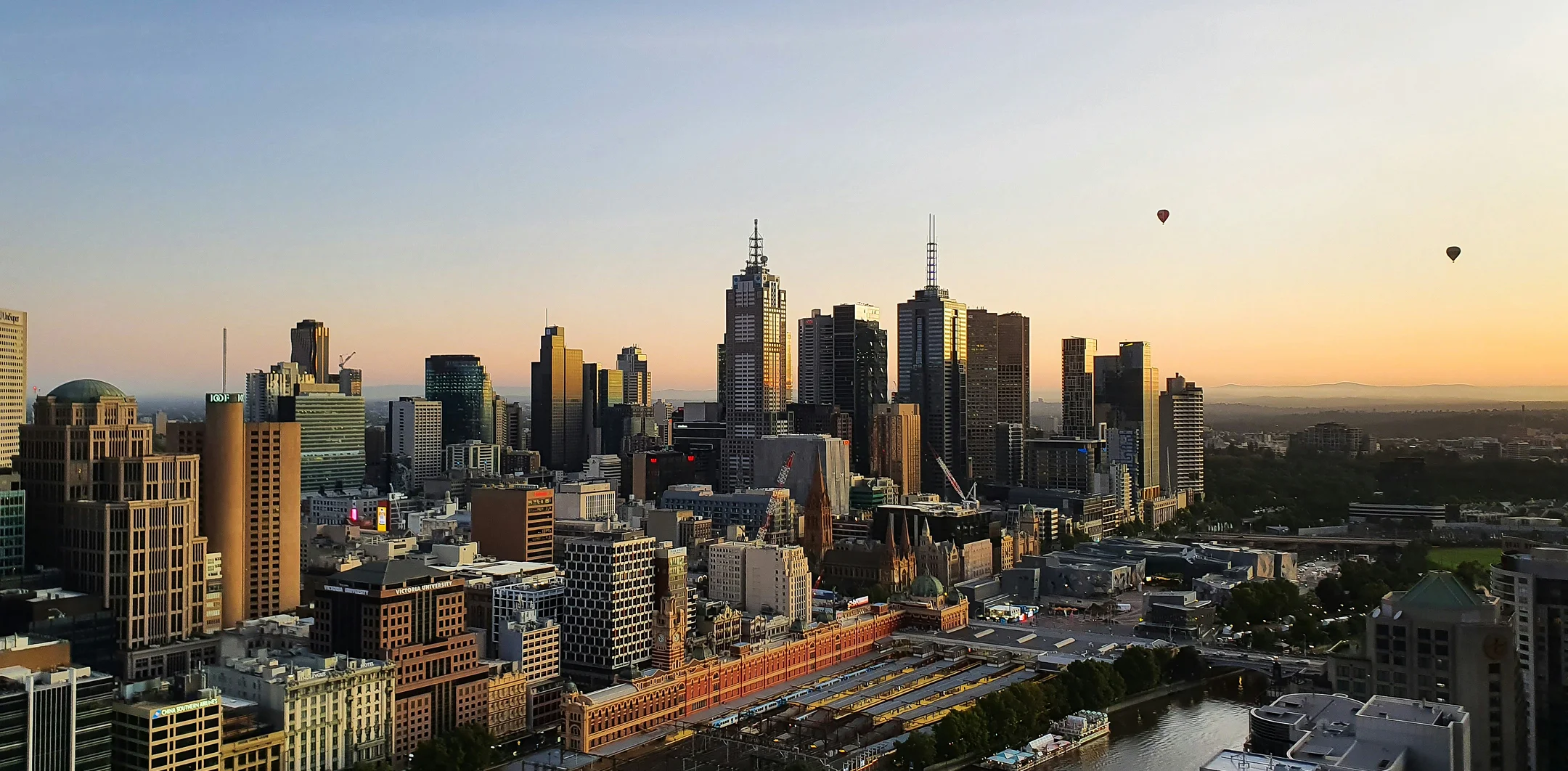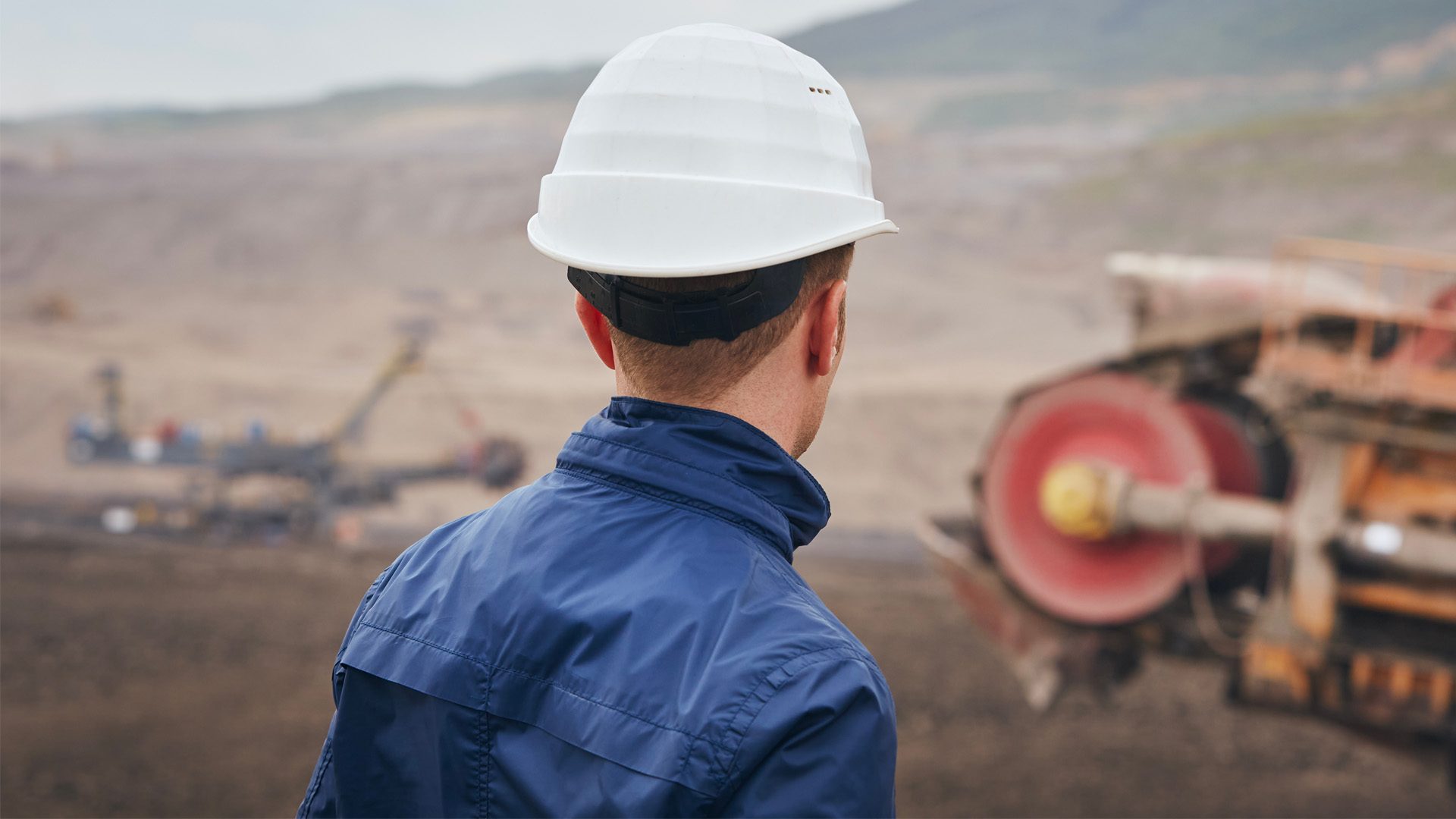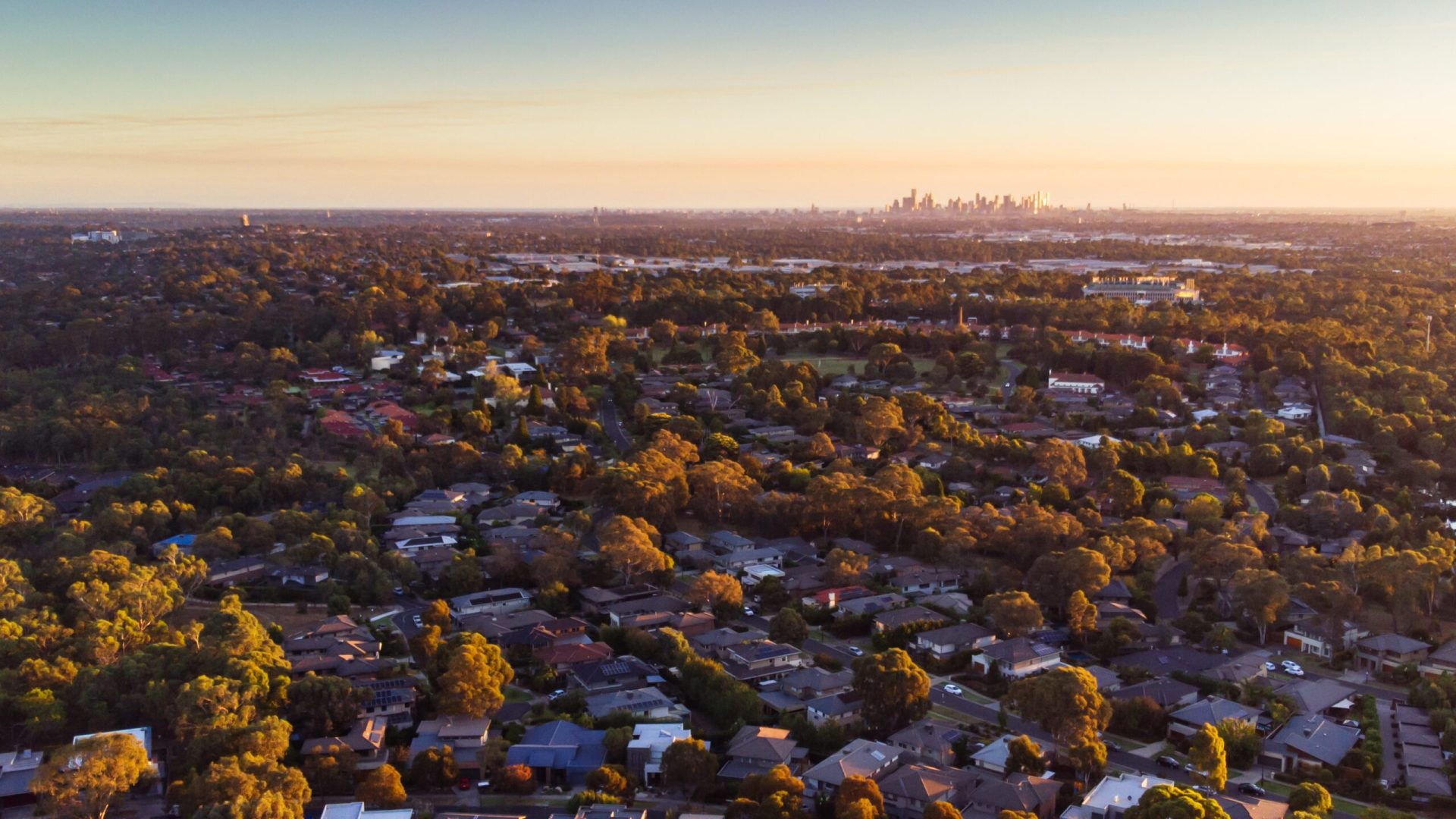Over the last 3 years, the cost of construction has escalated by 40-50%, raising the stakes for investors that build new homes. Understandably, the age-old question of “new vs old?” is coming up more frequently.
Firstly, before I start walking you through this problem, let me say: without knowing your personal circumstances, goals and risk appetite, I cannot tell you what is the best strategy for you, because every investor is different.
But, the vast majority of property investors do share similar characteristics: we have the same tax system, are part of the same property market, read the same articles delivered by the mainstream media, and generally want to make as much money as possible, in the shortest possible time with the least amount of risk.
In other words, we are all playing by the same rules. The biggest differentiator is our starting point: how much money we have to invest, and what income we have to contribute on an ongoing basis.
In order to understand the benefits/risks of building new vs buying established, it’s important to understand the “game of inches” that is property investing.
The Game of Inches
In our lifetime, we each have a limited window to invest in the property market.
By the time most people have enough money to buy their first property they are in their thirties. This is the start of the window of opportunity.
As we approach our sixties, most Australians want to work less and be debt free, with more choice to spend our time as we choose.
This gives a 25-30 year window to grow our wealth through property investing. The longer we are in the market, the greater our potential profits thanks to the wonder of compound growth.
We also know that sprinkled throughout this window of opportunity will be booms and busts, periods of instability and uncertainty, along with periods where family commitments take precedent over financial goals.
It is absolutely imperative that we make the most of this opportunity. To do this, we need to minimise the risks that we take on while stacking the cards in our favour using tried and proven tactics.
Stacking the Cards In Your Favour
1. Cashflow
Property cashflow comes from maximising rents, minimising outgoings and maximising tax deductions to get as much money back in your pocket as possible.
1a. Rent
It is widely accepted that newer properties achieve a premium rent over older, established houses. Across our rent-roll we see as much as 20% variation between newer properties and older properties of the same size.
1b. Outgoings
Like cars with lots of miles, the longer people have lived in a home the more things start to break. Tiles, gutters, taps, doors. There is a never-ending list of things that landlords of older properties need to fix. Newer properties tend to have fewer operating expenses, which means more of the rent stays in the landlords pockets.
Furthermore, with government regulations imposing more stringent requirements on landlords, many landlords have found themselves retrofitting established houses with modern fittings and upgrading airconditioning and fire alarms, which has come at a considerable additional cost.
1c. Tax:
An Australian that earns $100,000 at the age of 30 is forecast to pay over $1.8m in taxes by the time they retire at 65. Investors that use strategies which maximise tax deductions, while also increasing the value of the investment, have a massive advantage.
While the cost of construction has increased substantially over the last 3 years, so too have the tax deductions. In fact, over the last 10 years the tax deductions available to investors that build new have increased by as much as 80% making it even more beneficial to build new today.
On the other hand, older properties generate far fewer tax deductions, which means that buying an older property will cause an investor to miss out on an income stream from the tax deductions.
2. Capital Growth
Capital growth will come from many different factors, but buying at the right price in a great location with long-term demand, family appeal and improving amenity are all hallmarks of a solid investment outcome for both new and established houses.
Where and what you buy will be heavily influenced by your budget, but to really stack the cards in your favour you need to buy a property that will enable you to buy another property sooner. The more property you own, the greater the base from which your wealth will grow.
As noted above, with superior tax benefits, lower operating costs and higher rents, new properties generally outperform established for cashflow on a “like-for-like” basis. Depending on your circumstances, this likely means that new properties will enable you to acquire more properties in your window of opportunity, thereby improving the chances of achieving your goals of making as much money as possible, in the shortest possible time.
Conclusion
While I have purchased both new and established houses since I started investing 25 years ago, I have long found that newer properties came with fewer problems, achieved higher rents and gave me major tax benefits that enabled me to achieve my goals. That is not to say that all established properties are bad: there are certainly circumstances where I would recommend an established property to an investor. That being said, those circumstances are rather unique and would not relate to the vast majority of investors that are looking to grow their wealth safely and with the minimum amount of personal involvement.
So, if you are looking to grow your wealth reliably, using residential property, then it is important to understand which type of property will suit your circumstances the best and enable you to maximise your cashflow and the value of property that you can hold.









